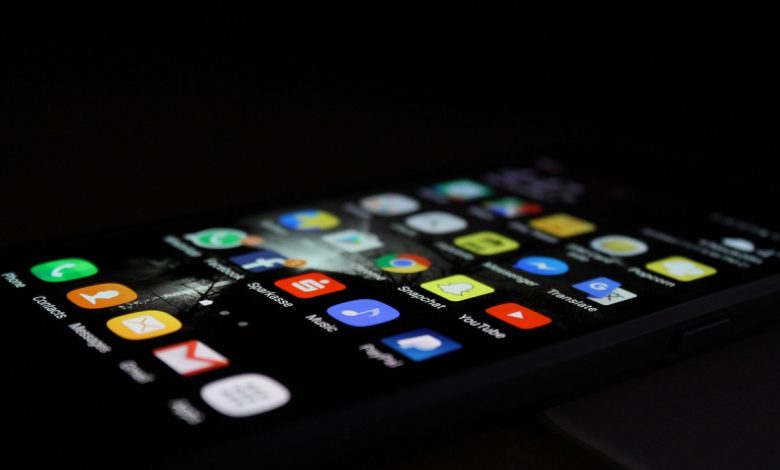Ensuring Robust Security in Mobile App Development: Best Practices and Techniques

In today’s digitally motivated world, mobile apps have become an essential part of our contemporary lives, from banking and shopping to communication and entertainment.
Nevertheless, the snowballing dependance on mobile apps also rises apprehensions about the security of delicate user data.
Guaranteeing strong security measures in this realm for the best mobile app development company is not just a requirement but an obligation that they must assume to protect user discretion and shield against possible threats.
This article produced with the assistance of a renowned mobile app development company Chicago, helps to discover the best practices and procedures that can be employed to boost the security of mobile apps.
Secure Code Development
Producing secure code is the basis of a secure mobile app. Developers should follow coding practices that diminish susceptibilities and possible exploits.
Applying techniques such as input authentication, output encrypting, and proper error management can avert common attacks like SQL injection and cross-site scripting (XSS).
Example
Consider a banking app where users input transaction specifics. By applying input authentication, the app can sense and cast off any unsanctioned characters, stopping possible injection attacks.
Data Encryption
Encoding delicate data both at rest and throughout transit is vital. Using encryption algorithms like AES (Advanced Encryption Standard) guarantees that even if a break befalls, the filched data remains illegible and unusable to attackers.
Example
In a healthcare app, patient accounts and medical histories should be encoded, guaranteeing that unsanctioned parties cannot access isolated medical information even if they get access to the database.
Multi-factor Authentication (MFA)
Applying MFA adds an additional layer of security past passwords. Users must give two or more forms of authentication before retrieving their accounts. This can suggestively decrease the risk of unsanctioned access.
Example
For an email app, users could be essential to enter a password and then confirm their distinctiveness through a one-time code sent to their listed mobile number.
Steady Updates and Patch Management
Regular updates are important to address newly revealed susceptibilities and weaknesses. Developers should be watchful in implementing security reinforcements to both the app and any third-party libraries used.
Example
Top CRM developers may issue steady updates for their CRM software and clients not only to present new features but also to fix any security susceptibilities that could be exploited by attackers.
API Security
If an app interrelates with external services through APIs, it’s critical to guarantee that the APIs are shielded against unlawful access and misuse. Appropriate verification and approval mechanisms should be in place.
Example
A weather app might use APIs to draw location-specific weather data. By safeguarding these APIs with tokens or keys, the app can certify that only sanctioned users can access the information.
User Permissions
Entreating only the necessary consents from users is a critical feature of mobile app security. Apps should adhere to the principle of least privilege, yielding only the authorizations vital for the app’s planned functionality.
Example
A photo-editing app should appeal access to the camera and storage, but it shouldn’t appeal distinct authorizations like location tracking.
Secure Authentication Methods
Selecting robust authentication methods like biometric authentication (fingerprint, facial recognition) can improve security while delivering a faultless user experience. Storing biometric data firmly is critical to avert unsanctioned access.
Example
A banking app could apply fingerprint authentication, warranting that only the registered user can access their monetary information.
Penetration Testing
Frequently conducting penetration testing helps recognize weaknesses that might not be visible during the development process. Ethical hackers feign attacks to expose weaknesses and provide developers with actionable intuitions.
Example
A gaming app might hire a penetration testing team to feign a breach attempt and recognize possible areas of weakness in the app’s security infrastructure.
App Transport Security (ATS)
ATS guarantees that data sent between an app and a server is encoded and protected. By imposing HTTPS connections and prohibiting insecure communication, the app can defend against spying and data interception.
Example
In an eCommerce app, when users input their payment details, ATS guarantees that this data is communicated securely to avert unsanctioned access.
User Education
Even the most protected app can be compromised if users fall prey to social engineering attacks. Offering users with security education, such as identifying phishing attempts, can help them stay vigilant.
Example
A messaging app could integrate a pop-up message directing users not to click on malicious links received from unidentified contacts.
Conclusion
The security of mobile apps is a communal concern between developers and users.
By following protected coding practices, applying encryption, implementing multi-factor authentication, staying updated with patches, and following other best practices drawn in this article, developers can develop mobile apps that not only offer exceptional user experiences but also shield user data from developing cyber threats.
As the app landscape endures to grow, ranking robust security actions will stay supreme in developing and upholding trust among users.
Read Next: Add Friends on Minecraft: How to Guide



